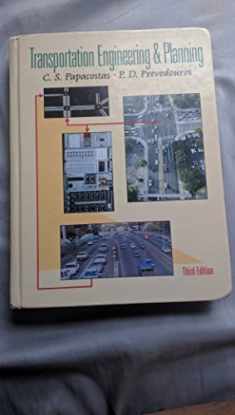
Unified Design of Steel Structures
Book details
Summary
Description
The text is designed primarily for use in a single course in basic steel design, but may also be used in a second, building oriented course in steel design, depending on the coverage in the first course.
This text is based on the 2010 AISC Specification for Structural Steel Buildings. It addresses in a consistent way both LRFD and ASD design philosophies. It is designed to be used with the 14th edition of the Steel Construction Manual and is directly linked to it with discussions of numerous Manual Tables after the Specification equations have been addressed. This approach gives the student the advantage of knowing what primary resources are available in the Manual and how to use them. Each Chapter starts with a table indicating which sections of the Specification and which Parts of the Manual are to be discussed to assist the student with an understanding of the breadth of topics covered in that chapter.
All examples that rely on LRFD and ASD provisions are fully presented, even if it means some duplication, so that regardless of approach being taught, there will be no need to refer to the other approach example. All homework problems that could be LRFD or ASD are presented both ways so that the instructor may choose the approach they want the student to follow.


We would LOVE it if you could help us and other readers by reviewing the book
Book review





